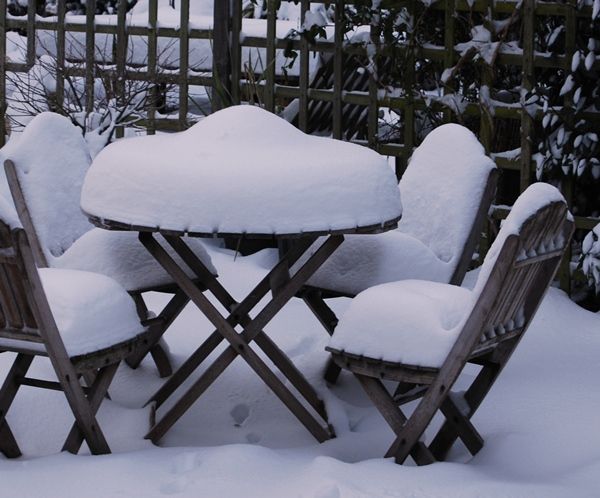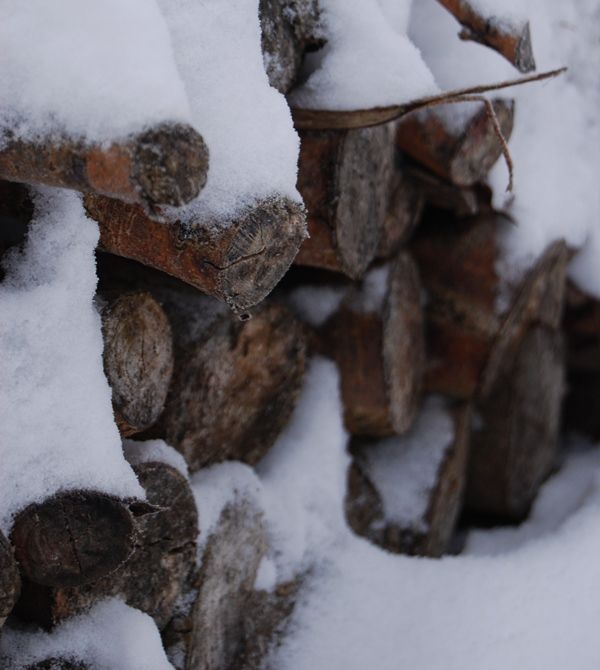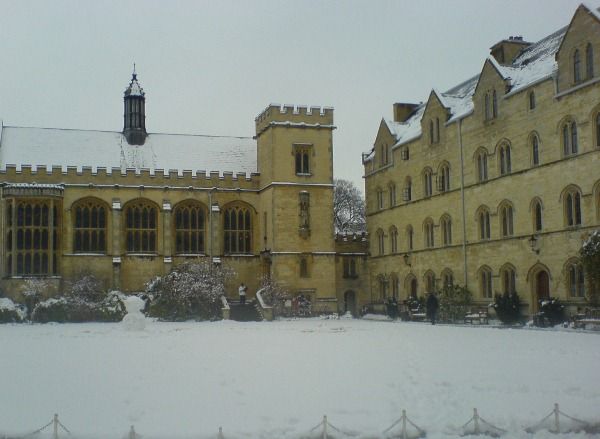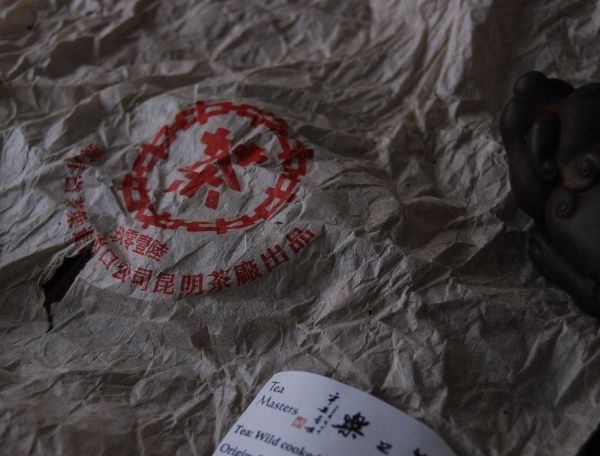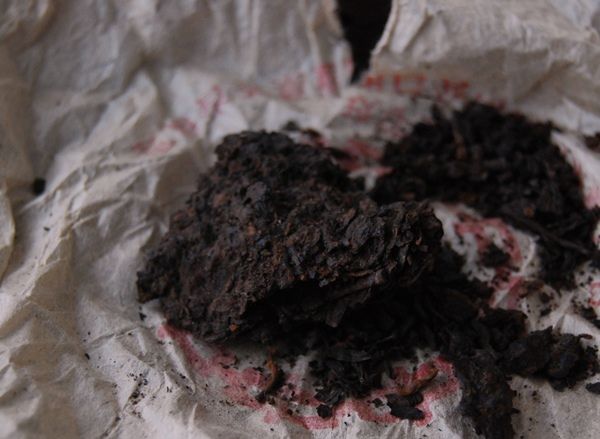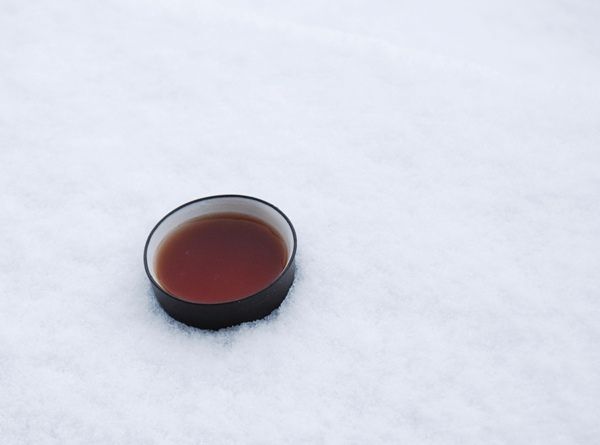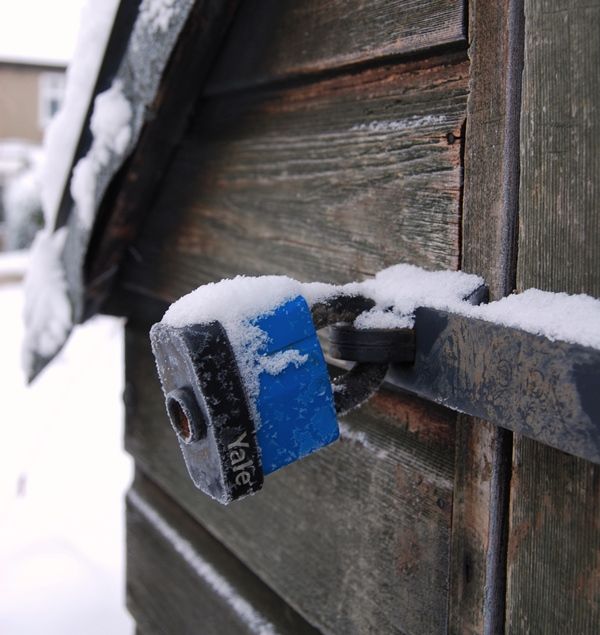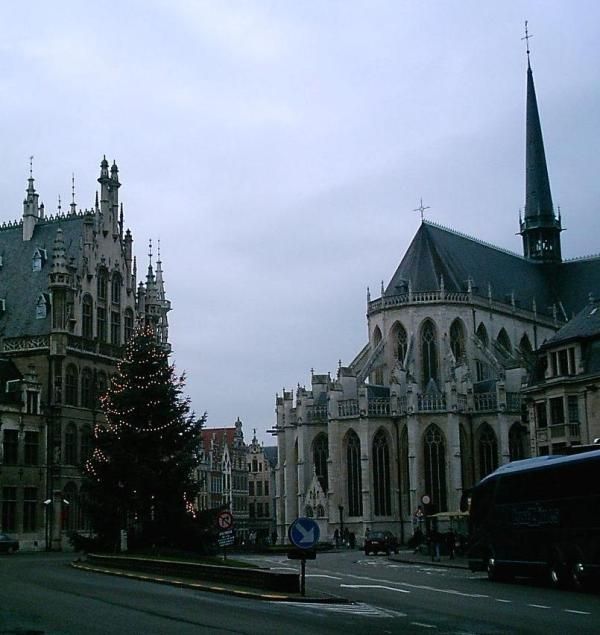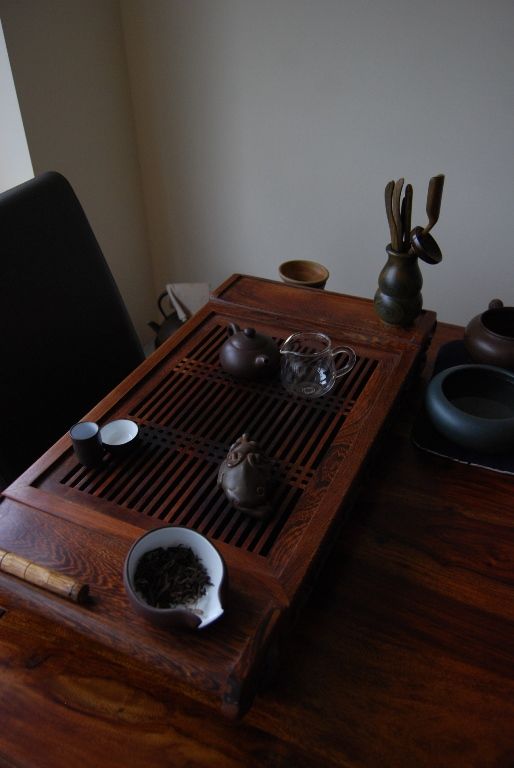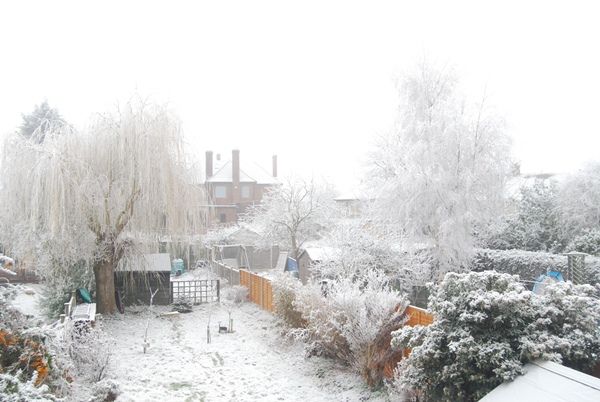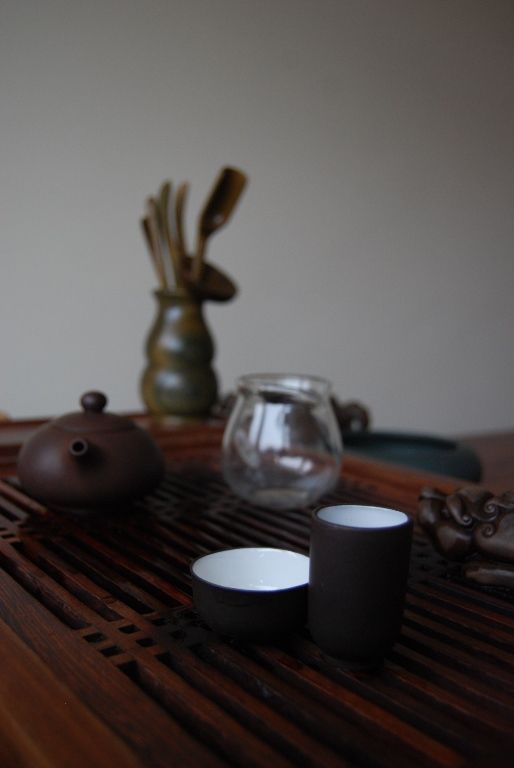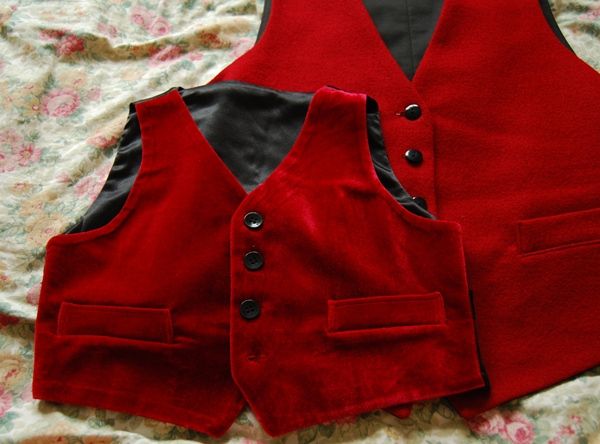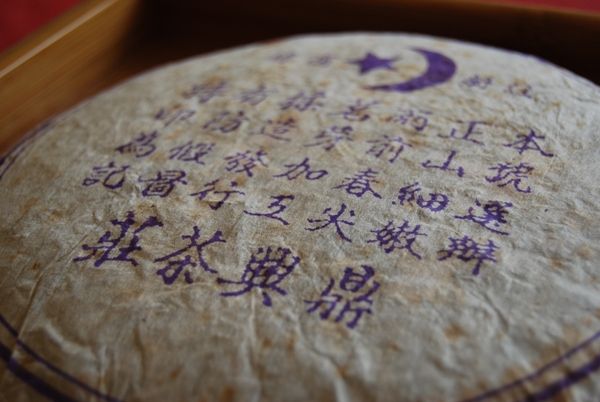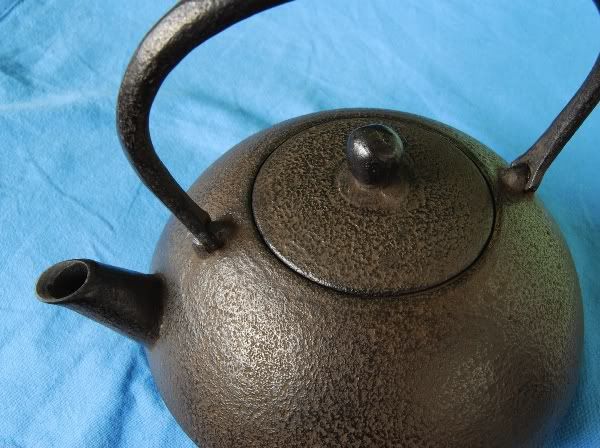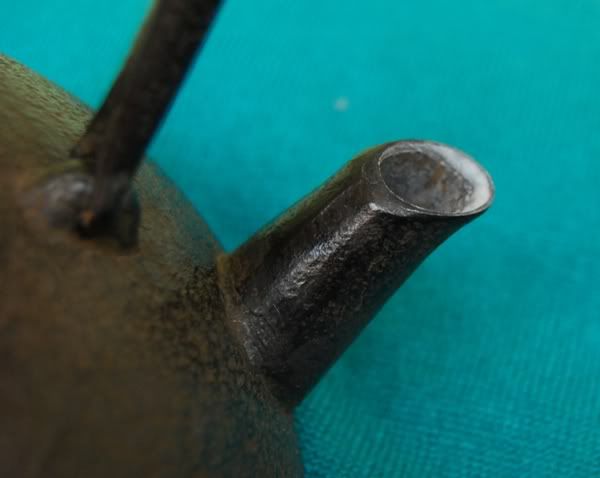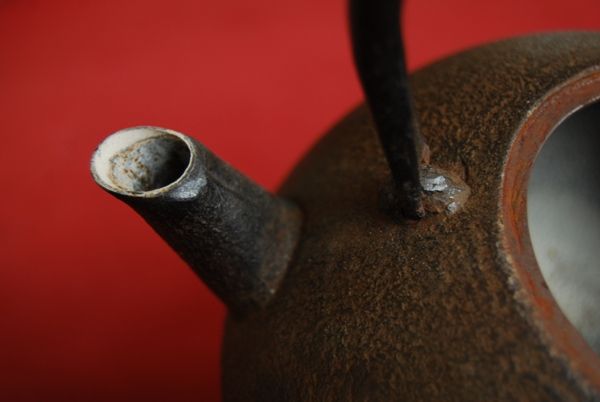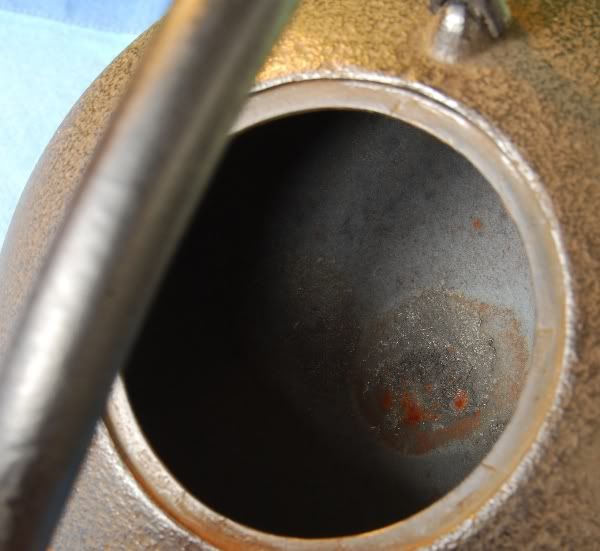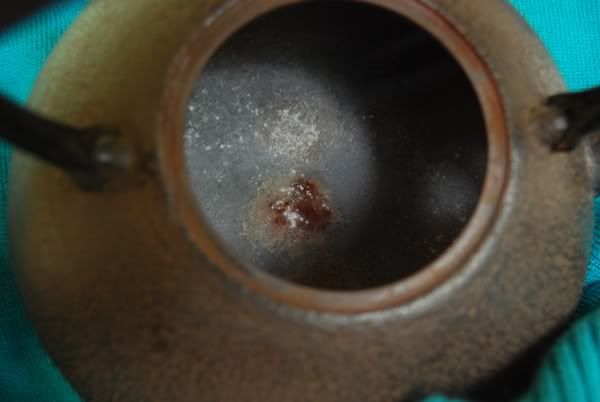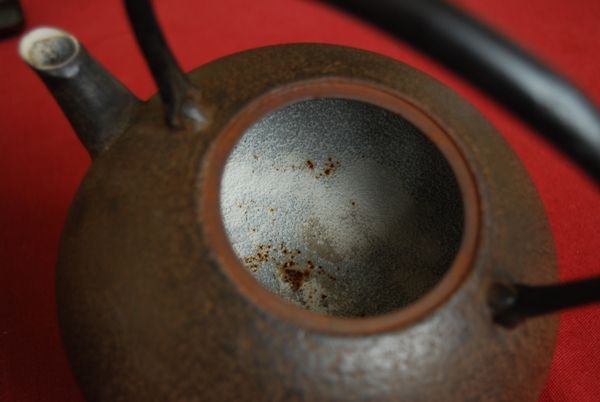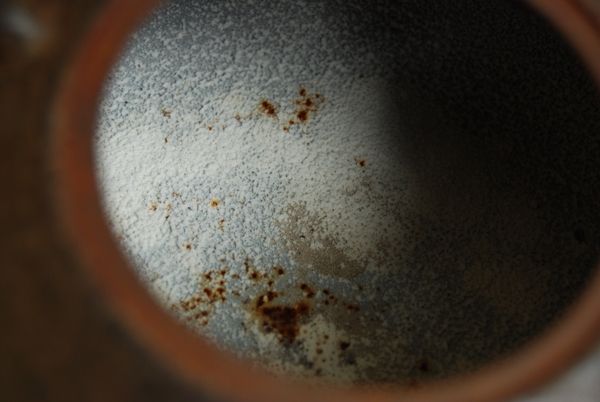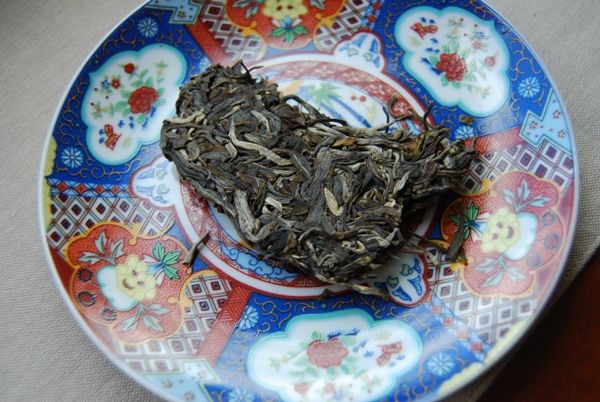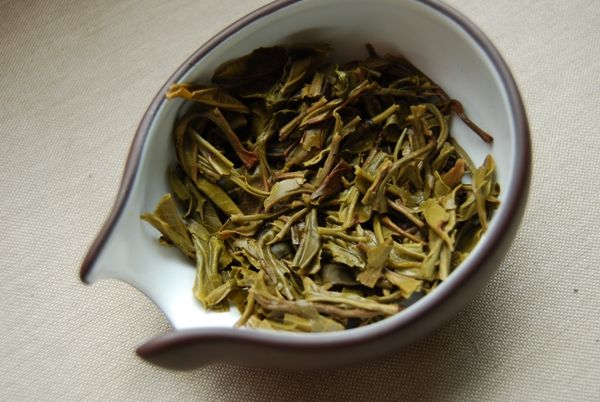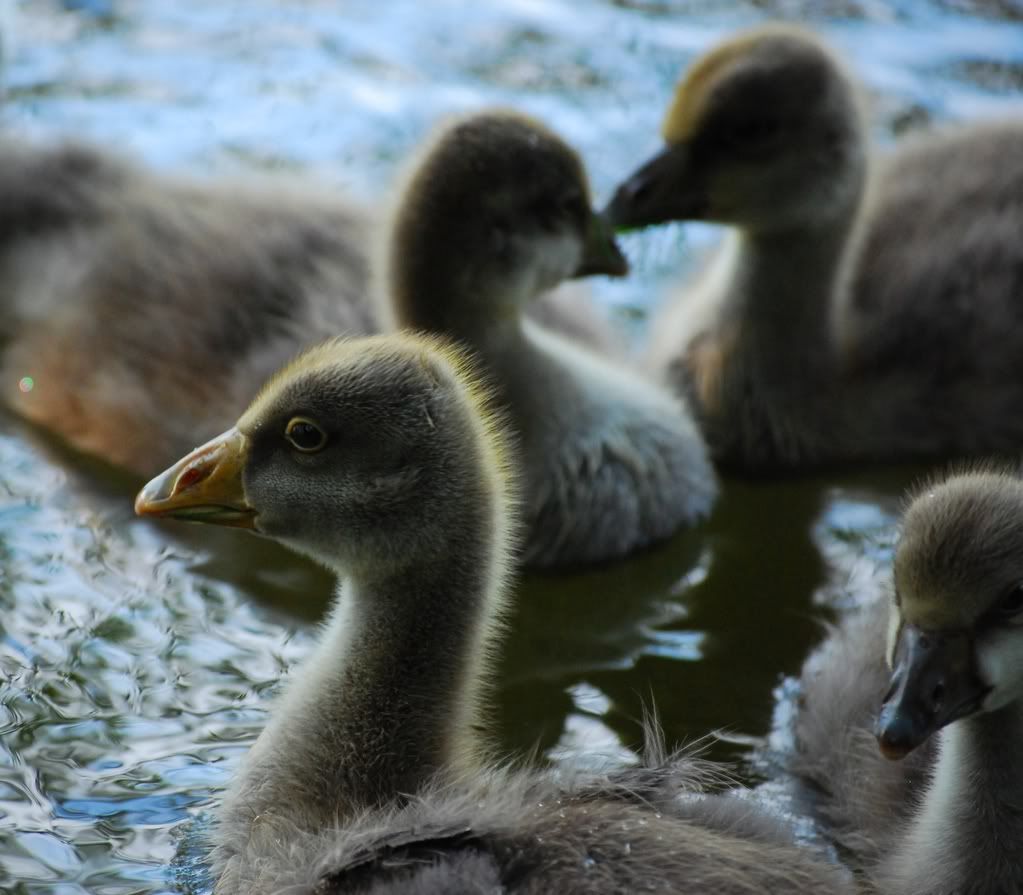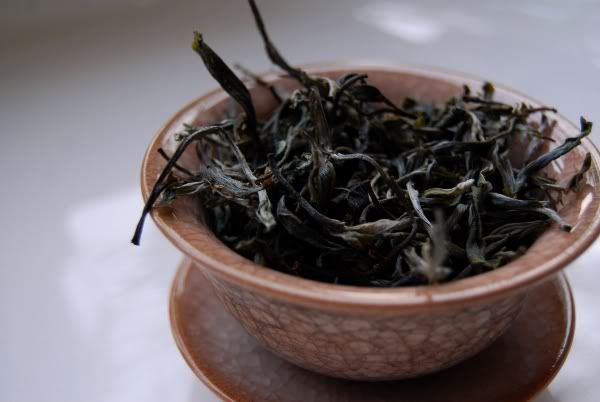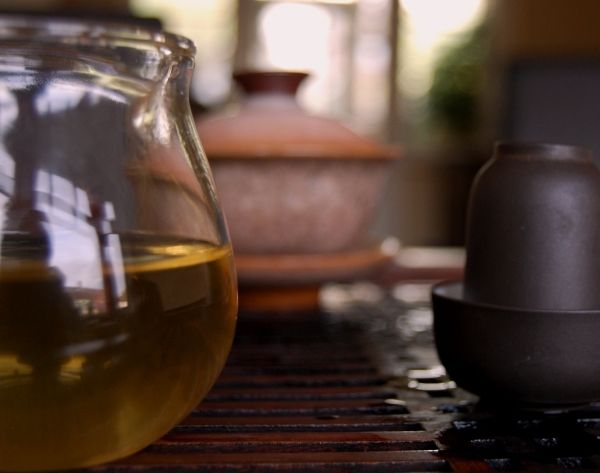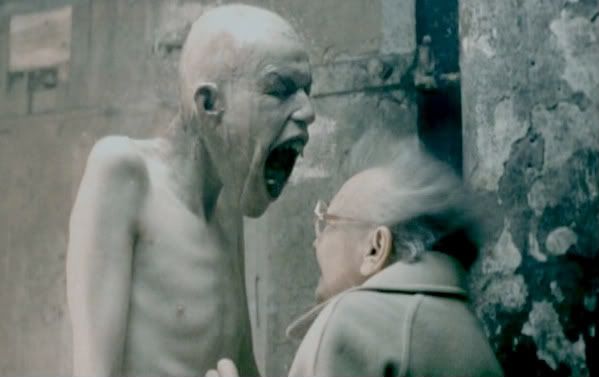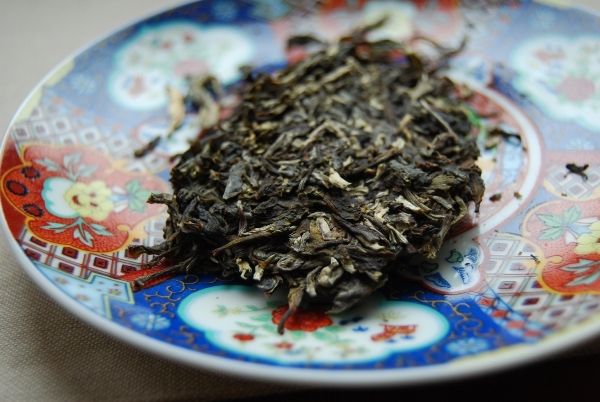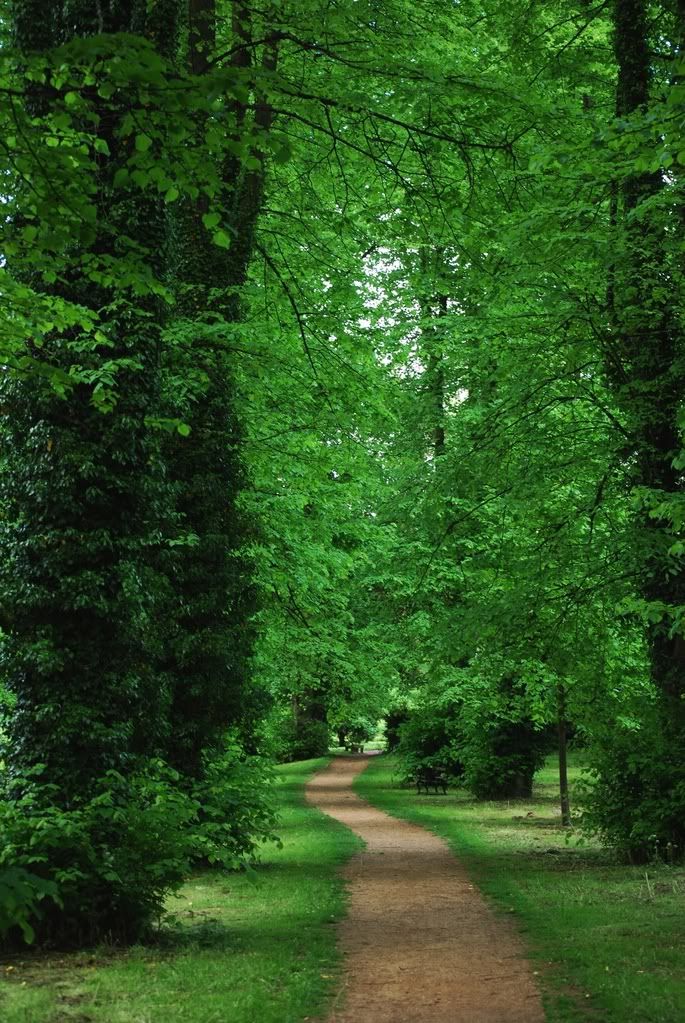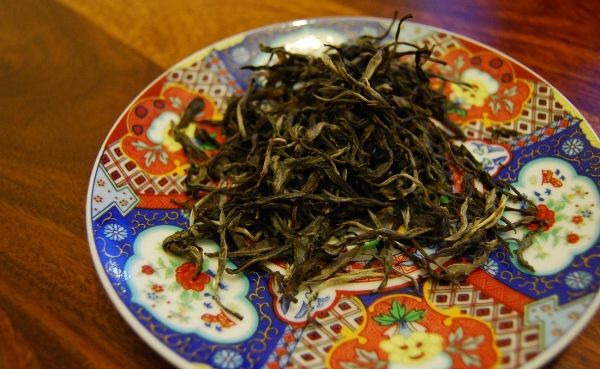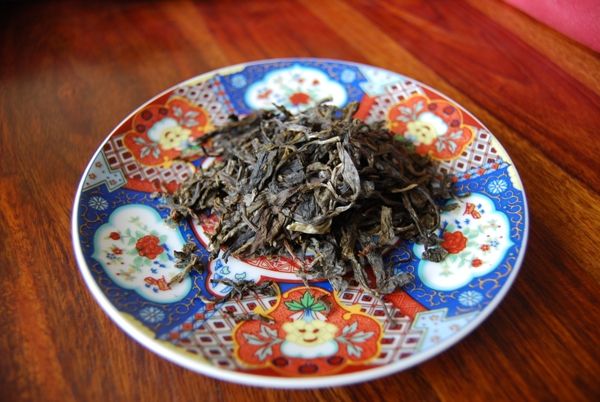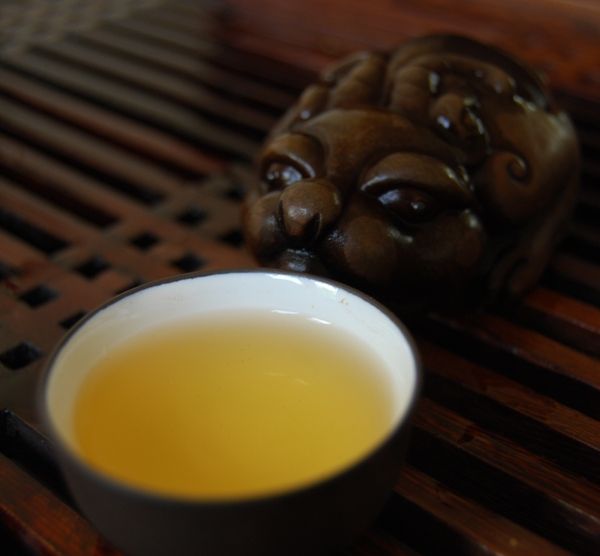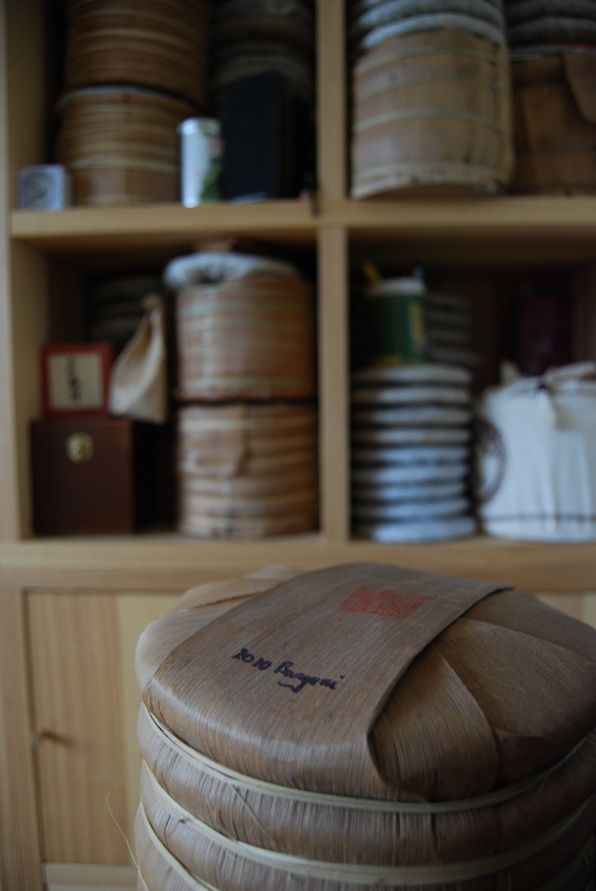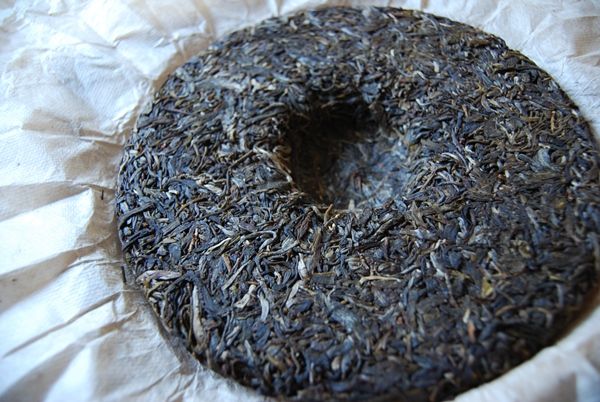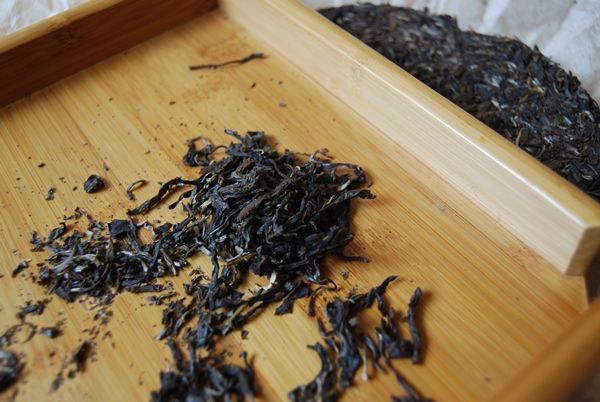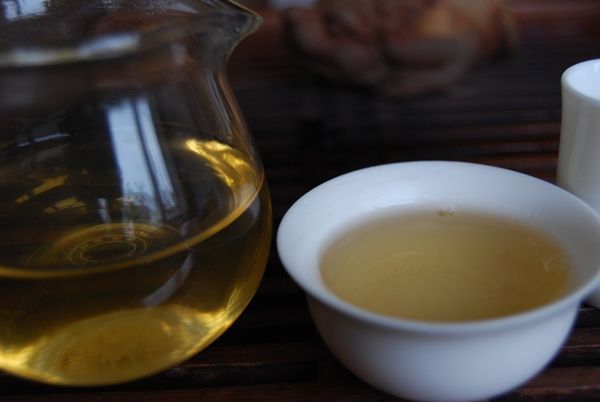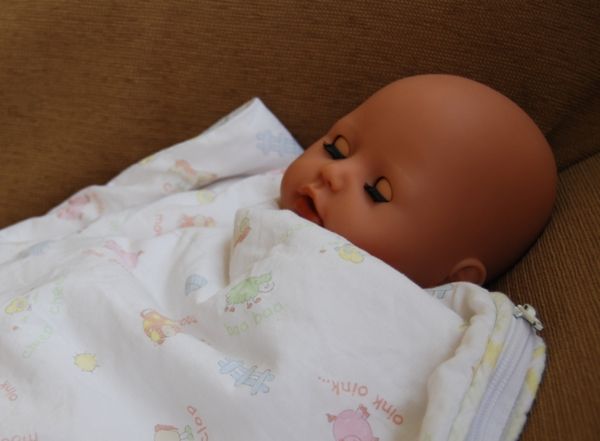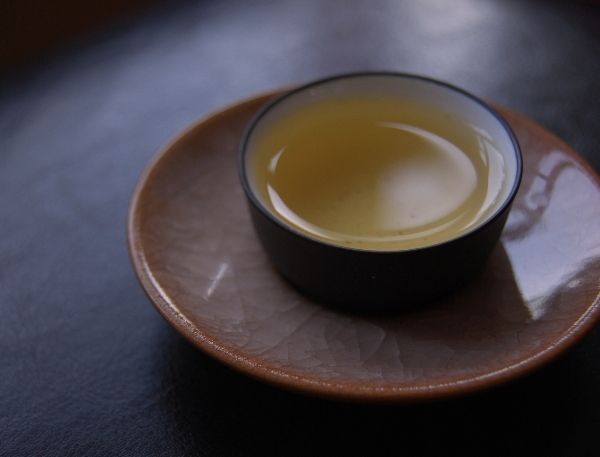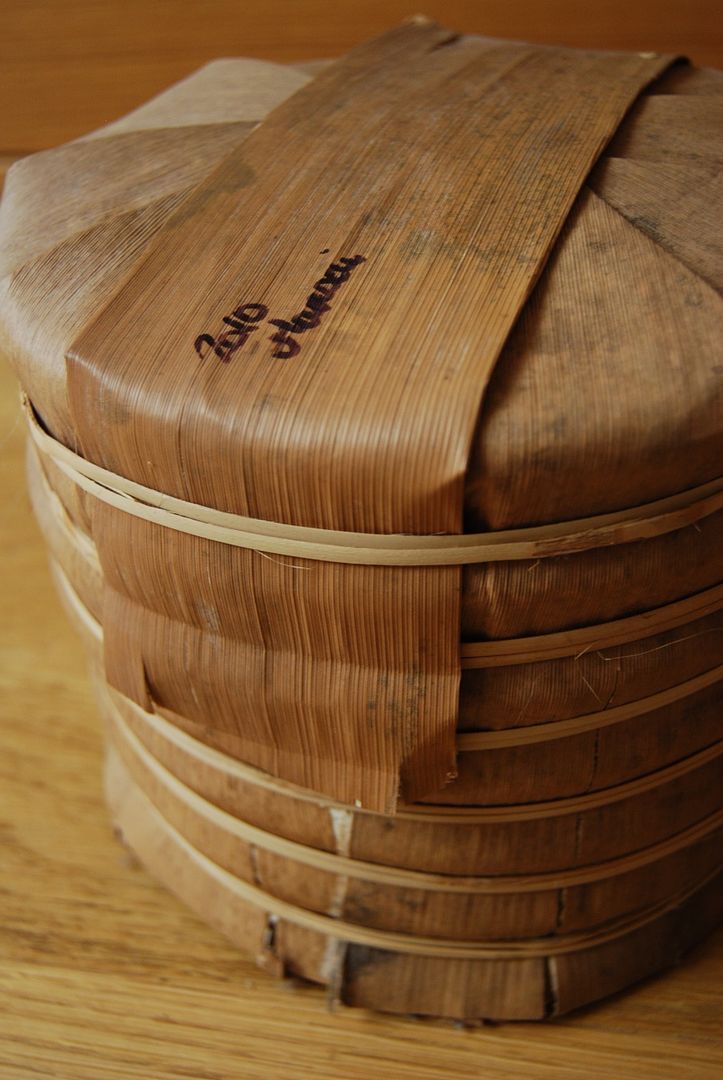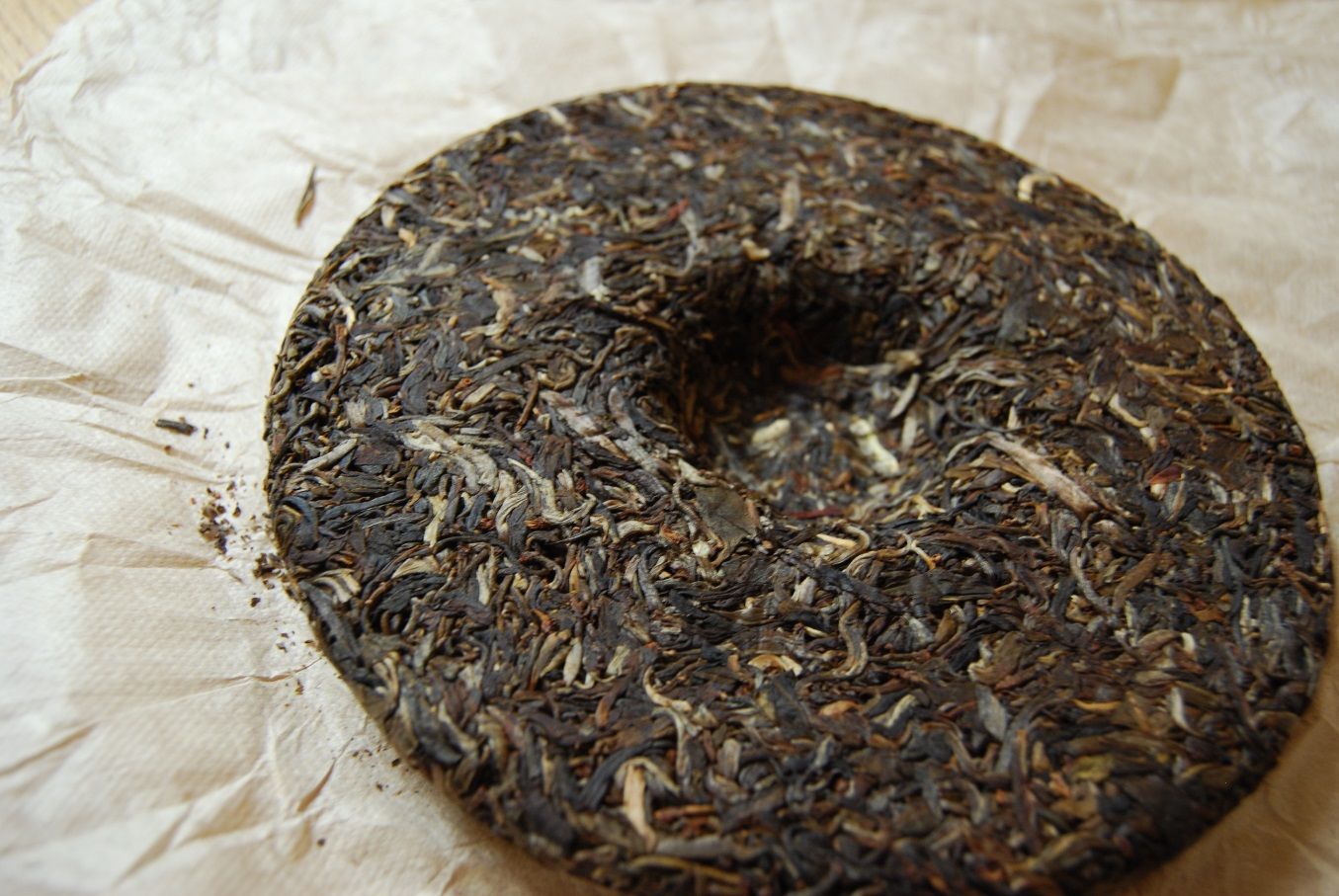It's true - England is closed. The extreme weather has come at just the right part of the year, as we close up our various responsibilities and head back to our family homes for the Christmas vacation.
The country has gently rolled to a complete halt.
The snow, it snoweth every day
As we go about our last few days, the snow keeps on tumbling, reminding us all that we will soon be unable to travel.
Heidu used to enjoy sitting on this table - I double-check to ensure that the bump in the snow is not him
Advent services, Christmas lunches, end-of-term dinners, all fading gently into the constant silence of falling snow.
Compare our frosty woodpile with the same from warmer times...
I close up my work for the year, and tie up the loose ends from the past few weeks of interviewing. This is the second year in which I have been interviewing candidates for our undergraduate course, and the process turns the university upside-down in the week after term.
"The Oxford interview" has a special place in England's folklore, having become something of a myth. Newspapers like to speculate about what happens; there are always urban legends of candidates being asked to perform bizarre tasks in oak-clad, secretive chambers, while bespectacled dons stroke their beards and throw port glasses into roaring fires.
Even a stopped clock keeps the right time twice per day
The reality is more mundane; we, the interviewing tutors, devise some questions to test the candidates - ideally questions that are harder than their schooling, so that we can see how they stretch their reasoning to new situations, such as they'd encounter during the rather gruelling undergraduate course. The idea is that no-one can solve the questions alone, but that we see how much help we have to give them to reach the end of each question.
It's very hard work, and it must be done right - the candidates have a lot riding on the interviews, given that we ultimately have to pick about 10% of the candidates to be our students for the next academic year. There are many variables - the media like to scrutinise us (and rightly so) to see if we are admitting a decent proportion of students from state schools and ethnic minorities. Just last week-end, an indignant article in The Guardian newspaper published a familiar (and rather unfair) anti-Oxford piece on what they perceived to be our archaic procedures.
It is an all-consuming process, given that we are stiving to be fair, and the end of the process is a huge relief. The Master of the college was kind enough to break out some decent bottles at our farewell lunch to thank us for the hard slog - mine was not the only tired smile at the table.
Now, back at home, with snow mounting on windows, I celebrate the true end of the year by pulling out the last portion of a 1990 Fuhai / Kunming tuocha, from Teamasters (with accompanying notes here).
The wrapper says "Kunming Tea Factory", but the Teamasters label has "Fuhai" - it's one of the two
I don't always drink shupu, but when I do, I prefer good shupu.
What's a few jinhua [golden flowers] between friends?
This shupu is very decent. Assuming that it's not the rubber tyres + fishpond of a bad shupu, a good shupu can be rich in flavour, akin to mahogany, and very smooth. This tuocha is very clean, and produces a crisp, sweet soup that reassures the soul.
Its texture is particularly particulate - "dusty library" is my usual phrase for describing this sort of character, as it has the distant flintiness of damp paper, but aged, matured, and deepened.
Cup after cup of this constant, pleasant bookishness remind me that shupu doesn't tend to evolve during a session; nor is it potent, unless mixed with a portion of shengpu. However, its constancy is a virtue, when you crave a calming, soothing experience with a welcome old friend, as you toast goodbye to last term, and last year.
The last of 2010
And so, ladies and gentlemen, I bid you adieu. I trust that you and yours will have a most excellent Christmas, and I look forward to sharing a (possibly virtual) cup with you in 2011.
Lei and I are now off to the family home to introduce Xiaohu to his relatives.
Here endeth the lesson


